Time Period: World War II through the Faubus Era (1941 - 1967) - Starting with N
 Jack Nance
Jack Nance
 Jack Nance
Jack Nance
 Narrows Bridge
Narrows Bridge
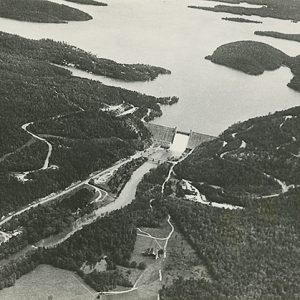 Narrows Dam Aerial View
Narrows Dam Aerial View
 Narrows Dam
Narrows Dam
 Narrows Dam Construction
Narrows Dam Construction
Narrows Dam
aka: Lake Greeson
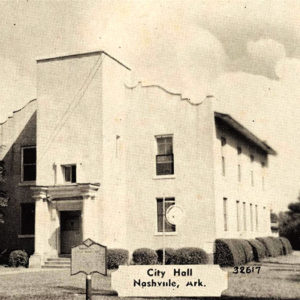 Nashville City Hall
Nashville City Hall
National Education Program
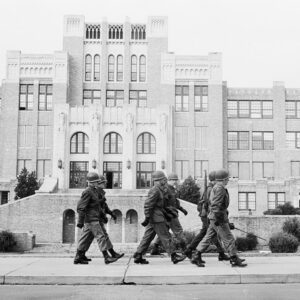 National Guard at Central
National Guard at Central
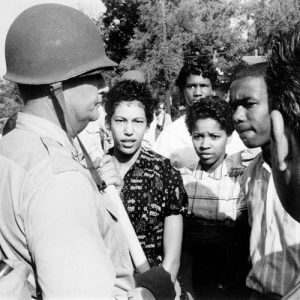 National Guardsman Confronts Students at Central High
National Guardsman Confronts Students at Central High
National States Rights Party
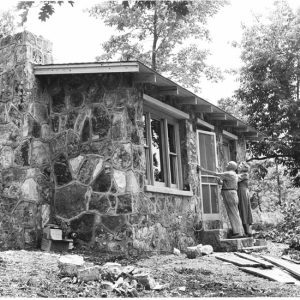 Native Stone House
Native Stone House
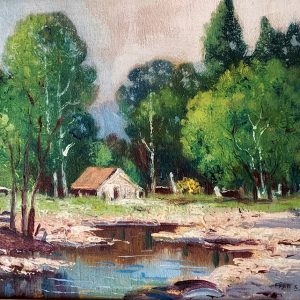 Near Eureka Springs
Near Eureka Springs
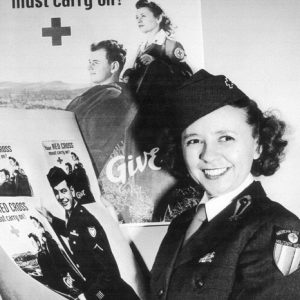 Margarete Neel
Margarete Neel
Neel, Margarete Ethel
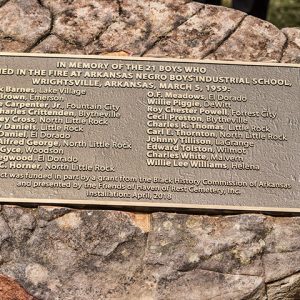 Negro Boys Industrial School Fire Memorial Plaque
Negro Boys Industrial School Fire Memorial Plaque
Negro Boys Industrial School Fire of 1959
aka: Wrightsville Fire of 1959
 Negro Boys Industrial School Memorial
Negro Boys Industrial School Memorial
 Negro Digest
Negro Digest
Negro Motorist Green Book, Arkansas Listings in the
Nevada County Courthouse
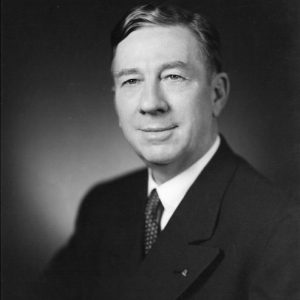 Farrar Newberry
Farrar Newberry
Newport Air Field
 Newport Air Field
Newport Air Field
 Newport Colored High School
Newport Colored High School
 Nickols & Son Store
Nickols & Son Store
Nighthawk, Robert
aka: Robert Lee McCollum
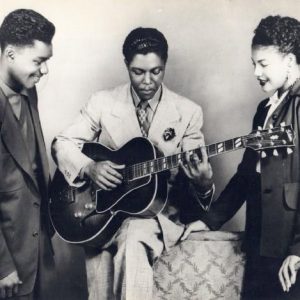 Robert Nighthawk
Robert Nighthawk
 Nimrod Dam
Nimrod Dam
Nimrod Dam and Lake
Nine from Little Rock
Noble, Marion Monden
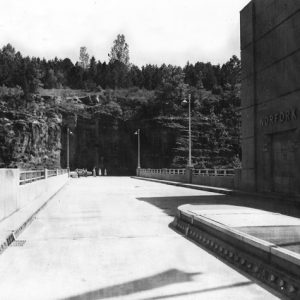 Norfork Dam
Norfork Dam
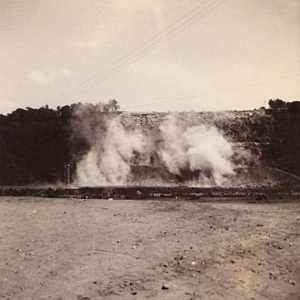 Norfork Dam Construction
Norfork Dam Construction
 Norfork Lake Ferry Crossing
Norfork Lake Ferry Crossing
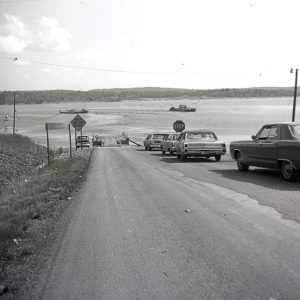 Norfork Lake Ferry
Norfork Lake Ferry
Norfork Dam and Lake
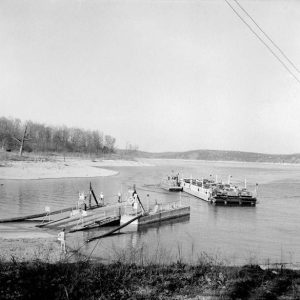 Norfork Lake Ferry
Norfork Lake Ferry
 Norfork Lake Ferry
Norfork Lake Ferry
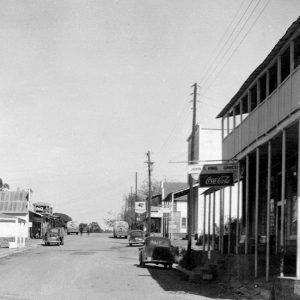 Norfork Street Scene
Norfork Street Scene
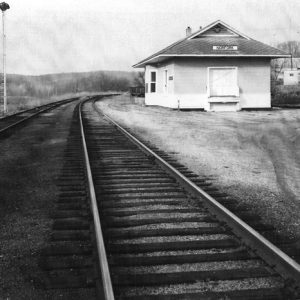 Norfork Train Depot
Norfork Train Depot
Norrell, Catherine Dorris
 Catherine Norrell
Catherine Norrell
Norrell, William Frank
Norris, Walter
 North Fork River Bridge
North Fork River Bridge
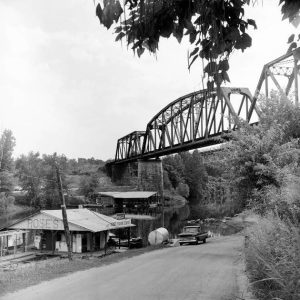 North Fork River Railroad Bridge
North Fork River Railroad Bridge
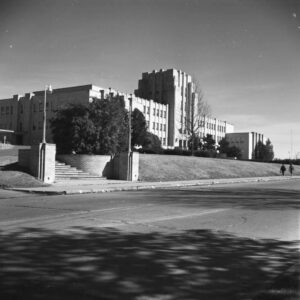 North Little Rock High School
North Little Rock High School




